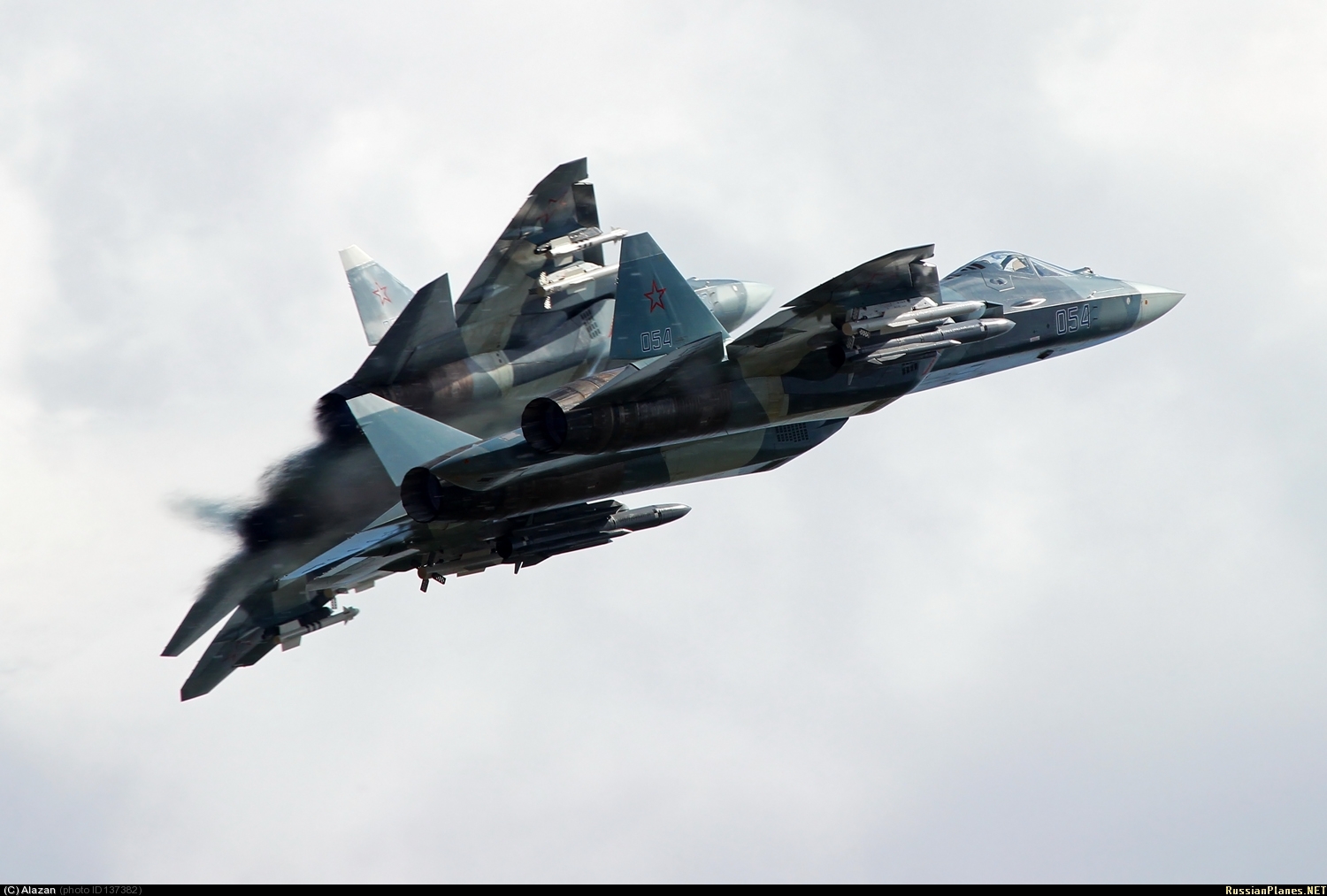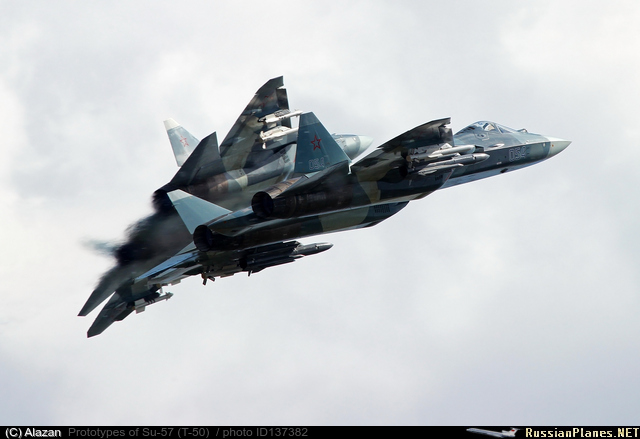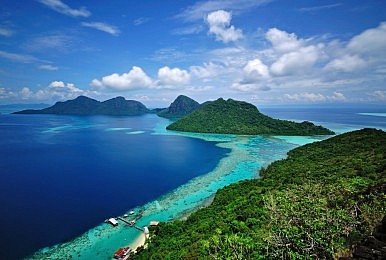Editor's Note: The following analysis originally ran in August 2005. We repost it today in light of the recent death of Ariel Sharon.
Israel has begun its withdrawal from Gaza. As with all other territorial withdrawals by Israel, such as that from Sinai or from Lebanon, the decision is controversial within Israel. It represents the second withdrawal from land occupied in the 1967 war, and the second from land that houses significant numbers of anti-Israeli fighters. Since these fighters will not be placated by the Israeli withdrawal -- given that there is no obvious agreement of land for an enforceable peace -- the decision by the Israelis to withdraw from Gaza would appear odd.
Israel's founders, taken together, had four motives for founding the state.
- To protect the Jews from a hostile world by creating a Jewish homeland.
- To create a socialist (not communist) Jewish state.
- To resurrect the Jewish nation in order to re-assert Jewish identity in history.
- To create a nation based on Jewish religiosity and law rather than Jewish nationality alone.
The idea of safety, socialism, identity and religiosity overlapped to some extent and were mutually exclusive in other ways. But each of these tendencies became a fault line in Israeli life. Did Israel exist simply so that Jews would be safe -- was Israel simply another nation among many? Was Israel to be a socialist nation, as the Labor Party once envisioned? Was it to be a vehicle for resurrecting Jewish identity, as the Revisionists wanted? Was it to be a land governed by the Rabbinate? It could not be all of these things. Thus, these were ultimately contradictory visions tied together by a single certainty: None of these visions were possible without a Jewish state. All arguments in Israel devolve to these principles, but all share a common reality -- the need for the physical protection of Israel.
In order for there to be a Jewish state, it must be governed by Jews. If it is also to be a democratic state, as was envisioned by all but a few of the fourth strand of logic (religiosity), then it must be a state that is demographically Jewish.
This poses the first geopolitical dilemma for Israel: Whatever the historical, moral or religious arguments, the fact was that at the beginning of the 20th century, the land identified as the Jewish homeland -- Palestine -- was inhabited overwhelmingly by Arabs. A Jewish and democratic state could be achieved only by a demographic transformation. Either more Jews would have to come to Palestine, or Arabs would have to leave, or a combination of the two would have to occur. The Holocaust caused Jews who otherwise would have stayed in Europe to come to Palestine. The subsequent creation of the state of Israel caused Arabs to leave, and Jews living in Arab countries to come to Israel.
However, this demographic shift was incomplete, leaving Israel with two strategic problems. First, a large number of Arabs, albeit a minority, continued to live in Israel. Second, the Arab states surrounding Israel -- which perceived the state as an alien entity thrust into their midst -- viewed themselves as being in a state of war with Israel. Ultimately, Israel's problem was that dealing with the external threat inevitably compounded the internal threat.
Israel's Strategic Disadvantage
Israel was at a tremendous strategic disadvantage. First, it was vastly outnumbered in the simplest sense: There were many more Arabs who regarded themselves as being in a state of war with Israel than there were Jews in Israel. Second, Israel had extremely long borders that were difficult to protect. Third, the Israelis lacked strategic depth. If all of their neighbors -- Egypt, Jordan, Syria and Lebanon -- were joined by the forces of more distant Arab and Islamic states, Israel would find it difficult to resist. And if all of these forces attacked simultaneously in a coordinated strike, Israel would find it impossible to resist.
Even if the Arabs did not carry out a brilliant stroke, cutting Israel in half on a Jerusalem-Tel Aviv line (a distance of perhaps 20 miles), Israel would still lose an extended war with the Arabs. If the Arabs could force a war of attrition on Israel, in which they could impose an attrition rate of perhaps 1 percent per day of forces on the forward edge of the battle area, Israel would not be able to hold for more than a few months at best. In the 20th century, an attrition rate of that level, in a battle space the size of Israel, would be modest. Israel's effective forces rarely numbered more than 250,000 men -- the other 250,000 were older reserves with inferior equipment. Extended attritional warfare was not an option for Israel.
Thus, in order for Israel to survive, three conditions were necessary:
- The Arabs must never unite into a single, effective force.
- Israel must choose the time, place and sequence of any war.
- Israel must never face both a war and an internal uprising of Arabs simultaneously.
Israel's strategy was to use diplomacy to prevent the three main adversaries -- Egypt, Jordan and Syria -- from simultaneously choosing to launch a war. From its founding, Israel always maintained a policy of splitting the front-line states. This was not particularly difficult, given the deep animosities among the Arabs. For example, Israel always maintained a special relationship with Jordan, which had unsatisfactory relations with its own neighbors. Early on, Israel worked to serve as the guarantor of the Jordanian regime's survival. Later, after
the Camp David Accords split Egypt off from the Arab coalition, Israel had neutralized two out of three of its potential adversaries. The dynamics of Arab geopolitics and the skill of Israeli diplomacy achieved an outcome that is rarely appreciated. From its founding, Israel managed to prevent simultaneous warfare with its neighbors except at a time and place of its own choosing. It had to maintain a military force capable of taking the initiative in order to have a diplomatic strategy.
But throughout most of its history, Israel had a fundamental challenge in achieving this pre-eminence.
Israel's Geopolitical Problem
The state's military pre-eminence had to be measured against the possibility of diplomatic failure. Israel had to assume that all front-line states would become hostile to it, and that it would have to launch a pre-emptive strike against them all. If this were the case, Israel had this dilemma: Its national industrial base was insufficient to provide it with the technological wherewithal to maintain its military superiority. It was not simply a question of money -- all the money in the world could not change the demographics -- but also that Israel lacked the manpower to produce all of the weapons it needed to have and also to field an army. Therefore, Israel could survive only if it had a patron that possessed such an industrial base. Israel had to make itself useful to another country.
Israel's first patron was the Soviet Union, through its European satellites. Its second patron was France, which saw Israel as an ally during a time when Paris was trying to hold onto its interests in an increasingly hostile Arab world. Its third patron -- but not until 1967 -- was the United States, which saw Israel as a counterweight to pro-Soviet Egypt and Syria, as well as a useful base of operations in the eastern Mediterranean.
In 1967, Israel -- fearing a coordinated strike by the Arabs and also seeking to rationalize its defensive lines and create strategic depth -- launched an air and land attack against its neighbors. Rather than risk a coordinated attack, Israel launched a sequential attack -- first against Egypt, then Jordan, then Syria.
The success of the 1967 war gave rise to Israel's current geopolitical crisis. Following the war, Israel had to balance three interests:
- It now occupied the West Bank and Gaza Strip, which contained large, hostile populations of Arabs. A full, peripheral war combined with an uprising in these regions would cut Israeli lines of supply and communication and risk Israel's defeat.
- Israel was now dependent on the United States for its industrial base. But American interests and Israeli interests were not identical. The United States had interests in the Arab world, and had no interest in Israel crushing Palestinian opposition or expelling Palestinians from Israel. Retaining the industrial base and ruthlessly dealing with the Palestinians became incompatible needs.
- Israel had to continue manipulating the balance of power among Arab states in order to prevent a full peripheral war. That, in turn, meant that it was further constrained in dealing with the Palestinian question by force.
Israeli geopolitics created the worst condition of all: Given the second and third considerations, Israel could not crush the Palestinians, but given its need for strategic depth and coherent borders, it could not abandon the occupied territories. It therefore had to continually constrain the Palestinians without any possibility of final victory. It had to be ruthless, which would enflame the Palestinians, but it could never be ruthless enough to effectively suppress them.
The Impermanence of Diplomacy
Israel has managed to maintain the diplomatic game it began in 1948 -- the Arabs remain deeply split. It has managed to retain its relationship with the United States, even with the end of the Cold War. Given the decline of the conventional threat, Israel's dependency on the United States has actually dwindled. For the moment, the situation is contained.
However -- and this is the key problem for Israel --
the diplomatic solution is inherently impermanent. It requires constant manipulation, and the possibility of failure is built in. For example, an Islamist rising in Egypt could rapidly generate shifts that Israel could not contain. Moreover, political changes in the United States could end American patronage, without the certainty of another patron emerging. These things are not likely to occur, but they are not inconceivable. Given enough time, anything is possible.
Israel's advantage is diplomatic and cultural. Its ability to split the Arabs, a diplomatic force, is coupled with its technological superiority, a cultural force. But both of these can change. The Arabs might unite, and they might accelerate their technological and military sophistication. Israel's superiority can change, but its inferiority is fixed: Geography and demographics put it in an unchangeably vulnerable position relative to the Arabs.
The potential threats to Israel are:
- A united and effective anti-Israeli coalition among the Arabs.
- The loss of its technological superiority and, therefore, the loss of military initiative.
- The need to fight a full peripheral war while dealing with an intifada within its borders.
- The loss of the United States as patron and the failure to find an alternative.
- A sudden, unexpected nuclear strike on its populated heartland.
Therefore, it follows that Israel has three options.
The first is to hope for the best. This has been Israel's position since 1967. The second is to move from conventional deterrence to nuclear deterrence. Israel already possesses this capability, but the value of nuclear weapons is in their deterrent capability, not in their employment. You can't deal with an intifada or with close-in conventional war with nuclear weapons -- not given the short distances involved in Israel. The third option is to reduce the possibility of disaster as far as possible by increasing the tensions in the Arab world, reducing the incentive for cultural change among the Arabs, eliminating the threat of intifada in time of war, and reducing the probability that the United States will find it in its interests to break with Israel.
Hence, the withdrawal from Gaza. As a base for terrorism, Gaza poses a security threat to Israel. But the true threat from Gaza, and even more the West Bank, lies in the fact that they create a dynamic that decreases Israel's diplomatic effectiveness, risks creating Arab unity, increases the impetus for military modernization and places stress on Israel's relationship with the United States. The terrorist threat is painful. The alternative risks long-term catastrophe.
Some of the original reasons for Israel's founding, such as the desire for a socialist state, are now irrelevant to Israeli politics. And revisionism, like socialism, is a movement of the past. Modern Israel is divided into three camps:
- Those who believe that the survival of Israel depends on disengaging from a process that enrages without crushing the Palestinians, even if it opens the door to terrorism.
- Those who regard the threat of terrorism as real and immediate, and regard the longer-term strategic threats as theoretical and abstract.
- Those who have a religious commitment to holding all territories.
The second and third factions are in alliance but, at the moment, it is the first faction that appears to be the majority. It is not surprising that Prime Minister Ariel Sharon is leading this faction. As a military man, Sharon has a clear understanding of Israel's vulnerabilities. It is clearly his judgment that the long-term threat to Israel comes from the collapse of its strategic position, rather than from terrorism. He has clearly decided to accept the reality of terrorist attacks, within limits, in order to pursue a broader strategic initiative.
Israel has managed to balance the occupation of a hostile population with splitting Arab nation states since 1967. Sharon's judgment is that, given the current dynamics of the Muslim world, pursuing the same strategy for another generation would be both too costly and too risky. The position of his critics is that the immediate risks of disengagement increase the immediate danger to Israel without solving the long-term problem. If Sharon is right, then there is room for maneuver. But if his critics, including Benjamin Netanyahu, are right, Israel is locked down to an insoluble problem.
That is the real debate.
The Gaza Withdrawal and Israel's Permanent Dilemma is republished with permission of Stratfor
Read more: The Gaza Withdrawal and Israel's Permanent Dilemma | Stratfor
Follow us: @stratfor on Twitter | Stratfor on Facebook









